10 Types Of Aerobic And Anaerobic Exercises
Reap the benefits of this guide to perk up your workout sessions and become fit.
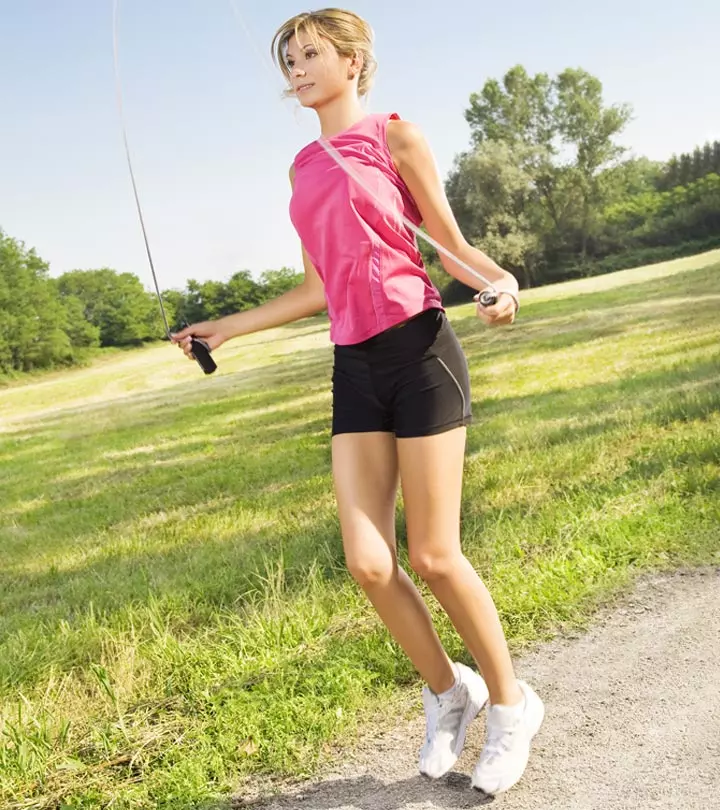
Image: shutter stock
Aerobic and anaerobic exercises have many health benefits and are commonly known as good cardiovascular exercises. Aerobic exercise, or cardio, helps burn calories, shed fat quickly, and support effective endurance training. Anaerobic exercise, or strength training, helps improve muscle mass, and burn fat.
A study undertaken in the U.S. revealed that adults aged 18 and above who could meet the Physical Activity Guidelines, which is engaging in vigorous aerobic exercise for 75 to 150 minutes a week, were around 46.9% of surveyed individuals. While 24.2% of the survey participants aged 18 and above who met the physical activity guidelines indulged in both aerobic and muscle-strengthening activities.
There are many types of aerobic and anaerobic exercises you can add to your workout routine. Aerobic exercises improve heart health, while anaerobic exercises help strengthen muscles. A mix of both gives you a balanced routine and helps you achieve a strong, lean, and fit body and overall fitness.
Of course, you must customize the plan depending on your body transformation needs. Continue reading to know the various types of aerobic and anaerobic exercises, how to do them, and how to use them to reach your fitness goals. Scroll down!
In This Article
What Is The Difference Between Aerobic And Anaerobic Exercises?
Aerobic Exercises:
These exercises help burn fat with the help of oxygen and carbohydrates to provide your body a steady supply of energy.
These exercises are low-intensity and longer duration workouts. Your fitness trainer may recommend this form of exercise if you want to lose weight.
Anaerobic Exercises:
These exercises convert the carbohydrates in your body to energy to help the muscles produce force. It is a high-intensity and low duration workout. During such exercises, lactate build-up in your muscles causes fatigue. Your fitness trainer will recommend it if you are looking to build muscle strength.

Apart from helping you lose weight and improving muscle mass, aerobic and anaerobic exercises have numerous other benefits. Let us check them out in the next section.
Key Takeaways
- Aerobic exercises help burn fat while anaerobic exercises help improve muscle mass.
- Walking, running sprints, lunges, swimming, heavy weightlifting, rowing, and biking are some of the best aerobic and anaerobic exercises to include in your workout routine.
- Isometric exercises involve using a particular group of muscles without any movement and are recommended for people with a sustained muscle injury.
Benefits Of Aerobic And Anaerobic Exercises
Aerobic Exercises
- They may help improve your heart health and overall quality of life (1).
- They may help improve your lung capacity and function (2).
- They may help lower blood glucose levels in people with type 2 diabetes (3).
- They may help you deal with stress and anxiety (4).
Anaerobic Exercises
- Anaerobic exercises like resistance training may help reduce the risk of osteoporosis (5).
- They may help reduce metabolic risk factors that harm heart health, like high blood pressure and glucose levels (6).
- They may help reduce weakness and improve your leg strength and total number of steps taken (7).
Aren’t all these benefits amazing? Check out some of the best aerobic and anaerobic exercises in the following section to enjoy these benefits for yourself.
Popular Aerobic And Anaerobic Exercises:
Here is a list of the popular aerobic and anaerobic exercises.
1. Interval Training:
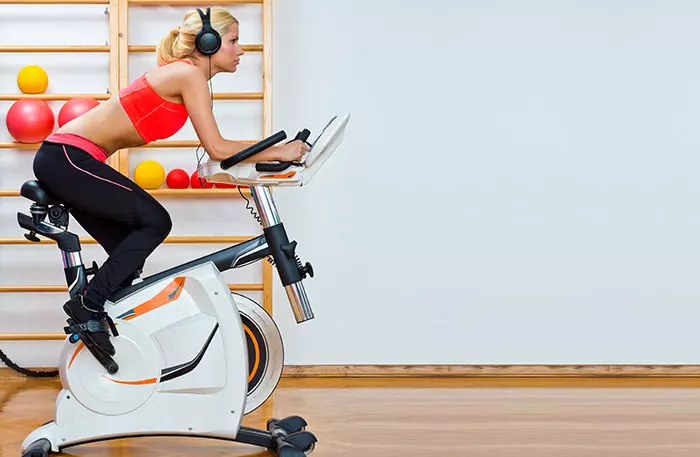
Trainers and fitness experts advise adding interval training to your regular cardio workout to expedite your weight loss. Challenge the body to come out of its comfort zone and work harder. You need to push up the pace of your workout for a minute or two and then get back to your regular pace for ten minutes, depending upon your recovery time. Repeat the cycle throughout your workout routine.
2. Walking:
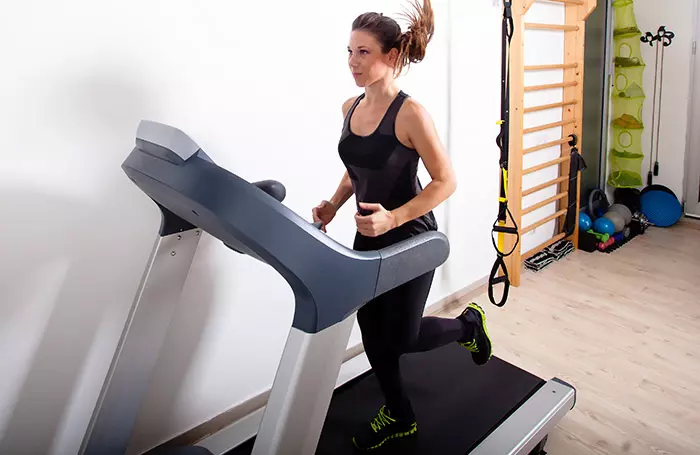
Walking is the simplest form of aerobic exercise. You can vary your pace of walking depending upon your stamina and fitness levels. Since it does not require any particular gadget or equipment, you can simply put on your walking shoes and start your journey to fitness. Walking indoors, outdoors, or on a treadmill provides the same benefit. However, walking outdoors in the early morning is better as you can inhale some fresh air. It is the best option for those who find it hard to perform strenuous exercises due to joint problems, but still want to remain fit.
Vridhi, a fitness blogger, walks around 8000 steps a day and feels it is the best way to stay active if you cannot go to the gym. She states on her blog: “I make daily walking goals. Even if I don’t end up walking 15,000 steps daily, there are some days when I walk 20,000 steps, and other days when I walk 8,000 steps (i).”
3. Running Sprints:

Sprinting is a form of anaerobic exercise that is good for the heart and overall health. To get maximum benefit, you need to vary your pace of running after every five to ten minutes. With regular practice, you can increase the duration and pace of running. For best results, you should run for at least 15 to 30 minutes.
4. Lunges:
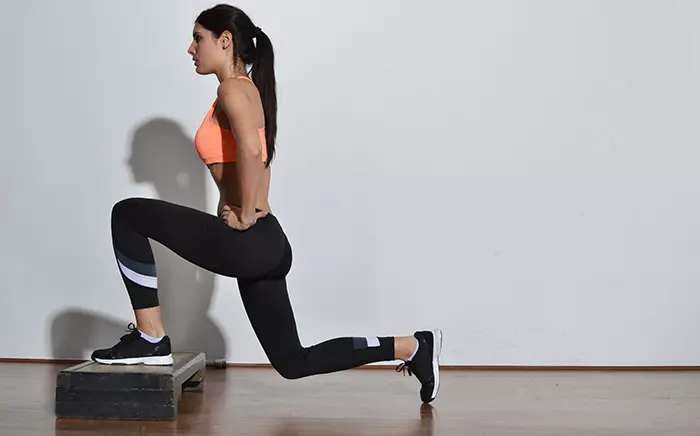
Lunges are an example of anaerobic exercise and provide workout for the lower body muscles. Just like squats, lunges also contribute to improving your balance and aid in resistance training. To perform lunges, keep a straight spine and take a big step forward. Now, bend the front knee at 90 degrees. Balancing your weight on your back toes, slowly lower the back knee, but make sure that it does not touch the floor.
 Quick Tip
Quick Tip5. Swimming Sprints:

It is a form of anaerobic exercise and is similar to running sprints. First, start swimming at your normal speed. Then slowly increase the pace of swimming and maintain it for a minute. Return to your normal pace and repeat the cycle. Continue swimming like this for half an hour at least.
6. Heavy Weightlifting:
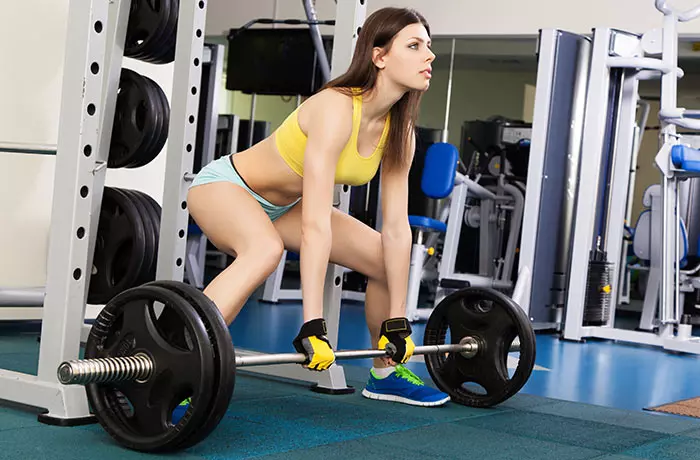
You should include at least a few anaerobic exercises in your daily routine. Heavy weightlifting is one such exercise. However, you should perform it only under the supervision of a certified trainer.
7. Rowing:
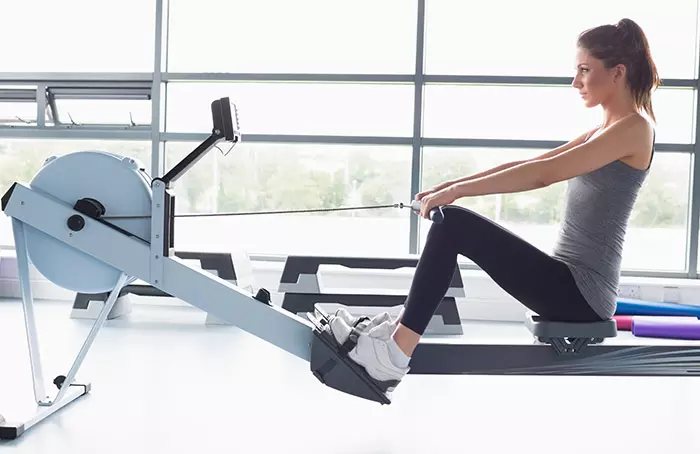
Lie down and put your feet forward in the stirrups. Pull your arms backward and stimulate a rowing motion. It is a good workout for your abdomen, leg and arm muscles. Divide the session into a warm up and workout intensely as much your muscles can endure. Keep alternating the cycle.
8. Jumping Rope:
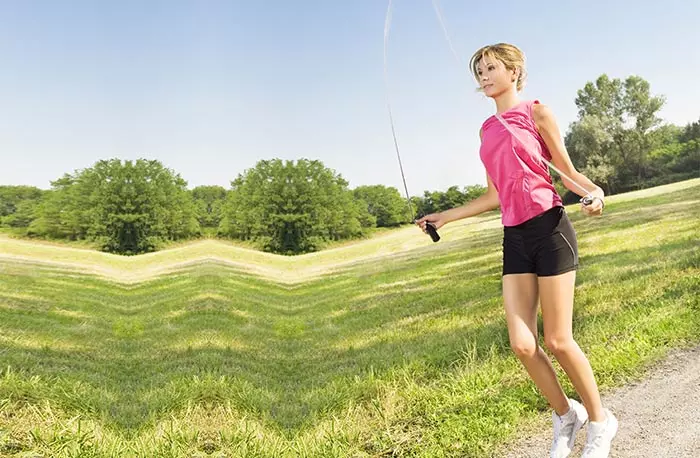
Jumping rope is no more a child’s game. The International Sports Conditioning Association boasts of its aerobic and anaerobic qualities. You can increase or decrease the pace and the duration of jumping to get the advantage of anaerobic respiration. However, jumping rope performed at a normal speed is an aerobic exercise, and when done at a fast pace can be considered a good calisthenics and anaerobic exercise.
 Trivia
Trivia9. Isometrics:
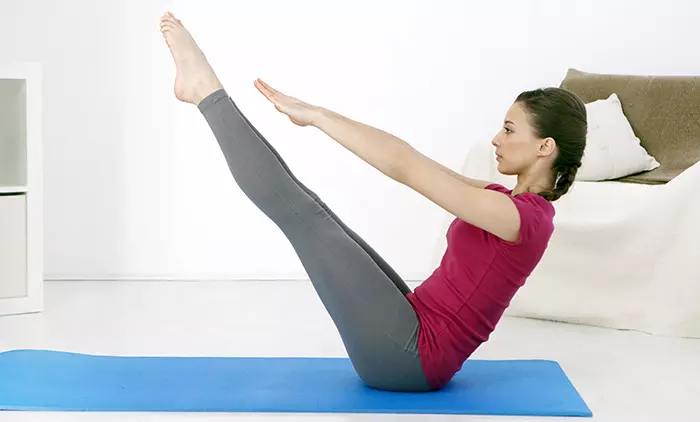
It involves only a particular group of muscles. Such exercises do not allow the stretching or lengthening of the muscles as most of the times the muscle does not move at all. Physiotherapists recommend isometric exercises for patients who sustain muscle injury. It is a type of physical therapy involving static exercises. In this form of exercise, an individual has to remain in a stationary position without moving any part of the body. The best example of isometric exercise is to remain in one position holding a weight or pushing a wall.
10. Biking:
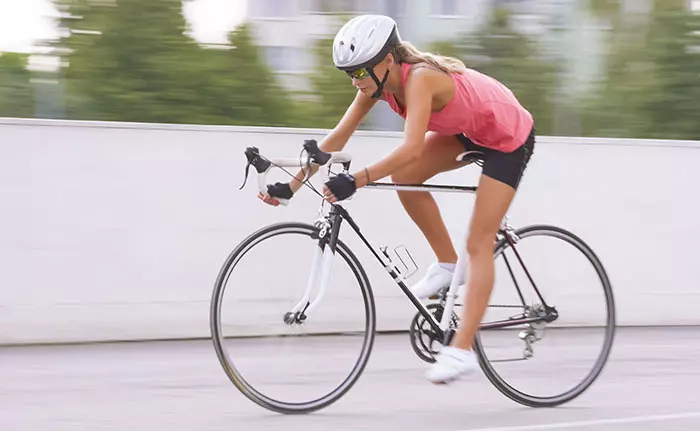
When you exercise aerobically like in the case of biking, your body uses the fat and glycogen for fuel. You can carry on this type of moderate exertion for long periods. You can easily turn this exercise into a few sessions of anaerobic exercise by intensifying the speed in between.
So now that you know the various types of aerobic and anaerobic exercises, go on and pick the exercise that suits your fitness needs. Don’t delay your trip from fat to fit anymore! But how often should you do them? Read on to find out more.
Recommendations For Exercise Frequency
- Aim for 150 minutes of moderate or 75 minutes of vigorous aerobic exercise per week.
- Break aerobic activity into sessions of at least 10 minutes for best results.
- Do anaerobic exercises, like weightlifting or bodyweight exercises, at least two times per week.
- Allow a rest day between anaerobic sessions to help the muscles recover and build.
If you are a beginner there are a few other tips that will help you workout effectively. Keep reading to learn more about them.
Tips For Beginners
- It is best to ease into both types of exercises to avoid injury. Start off with small sets of easy exercises and then gradually
- increase the intensity and duration once you get more comfortable with them.
- Focus on your form and technique. Proper technique is necessary for both aerobic and anaerobic exercises to prevent strain.
- Always warm up before exercising and cool down after to protect your muscles.
- You should always be consistent. Regular exercise will help you build endurance and strength over time.
- Stop if you feel any pain and take rest days to allow muscle recovery.
- Alternate between aerobic activities like jogging and anaerobic exercises like weightlifting to balance your routine.
- Consider seeking guidance from a certified trainer to ensure safe and effective exercise practices.
Infographic: Top 7 Aerobic And Anaerobic Exercises
Exercise is an essential part of a healthy and active lifestyle. Aerobic and anaerobic exercises help burn calories and support endurance training. We have rounded up the top eight aerobic and anaerobic exercises that you can add to your fitness routine. Check out the infographic below to learn more.
Some thing wrong with infographic shortcode. please verify shortcode syntaxAerobic exercises (cardio) are done for a longer duration but are low-intensity workouts, such as kickboxing. On the other hand, anaerobic exercises are done for a shorter duration but are high-intensity workouts. Anaerobic exercise examples include, high-intensity interval training (HIIT), powerlifting, martial arts or even tabata . While the former aids in weight loss by helping shed fat, the latter helps build lean muscle mass through strength training. You can choose either of the two or a combination of both, depending on your transformation needs. Usually, it is recommended to go for a combination of both for a fitter body and overall health. Consult a gym trainer or a physiotherapist to understand the types of aerobic and anaerobic exercises and draft a workout plan that suits you the best and covers all the bases. Indulging in various forms of exercises can be effective for the body. Keeping this in mind, you can also try water aerobics such as aqua jogging or flutter kicking.
Frequently Asked Questions
Is Zumba aerobic or anaerobic?
Zumba is an aerobic exercise, as it gives your heart and lungs a continuous workout by increasing the use of oxygen. It is a good cardio exercise for people to try at home along with others like jump rope.
Are push-ups aerobic or anaerobic?
Push-ups are anaerobic exercise. They are intense and short in duration and help break down body glucose.
Is yoga aerobic or anaerobic?
Though yoga is considered an anaerobic exercise, some variations like power yoga can fall under the aerobic category.
Are jumping jacks aerobic or anaerobic?
Jumping jacks can be considered aerobic and anaerobic based on how to perform them.
Is dancing an aerobic exercise?
Yes. Dancing raises your heart rate, makes you breathe harder, and makes you sweat. Many types of aerobic dances can help improve your health and mood, such as Zumba, belly dancing, aqua dance, and many more.
Illustration: Types Of Aerobic And Anaerobic Exercises
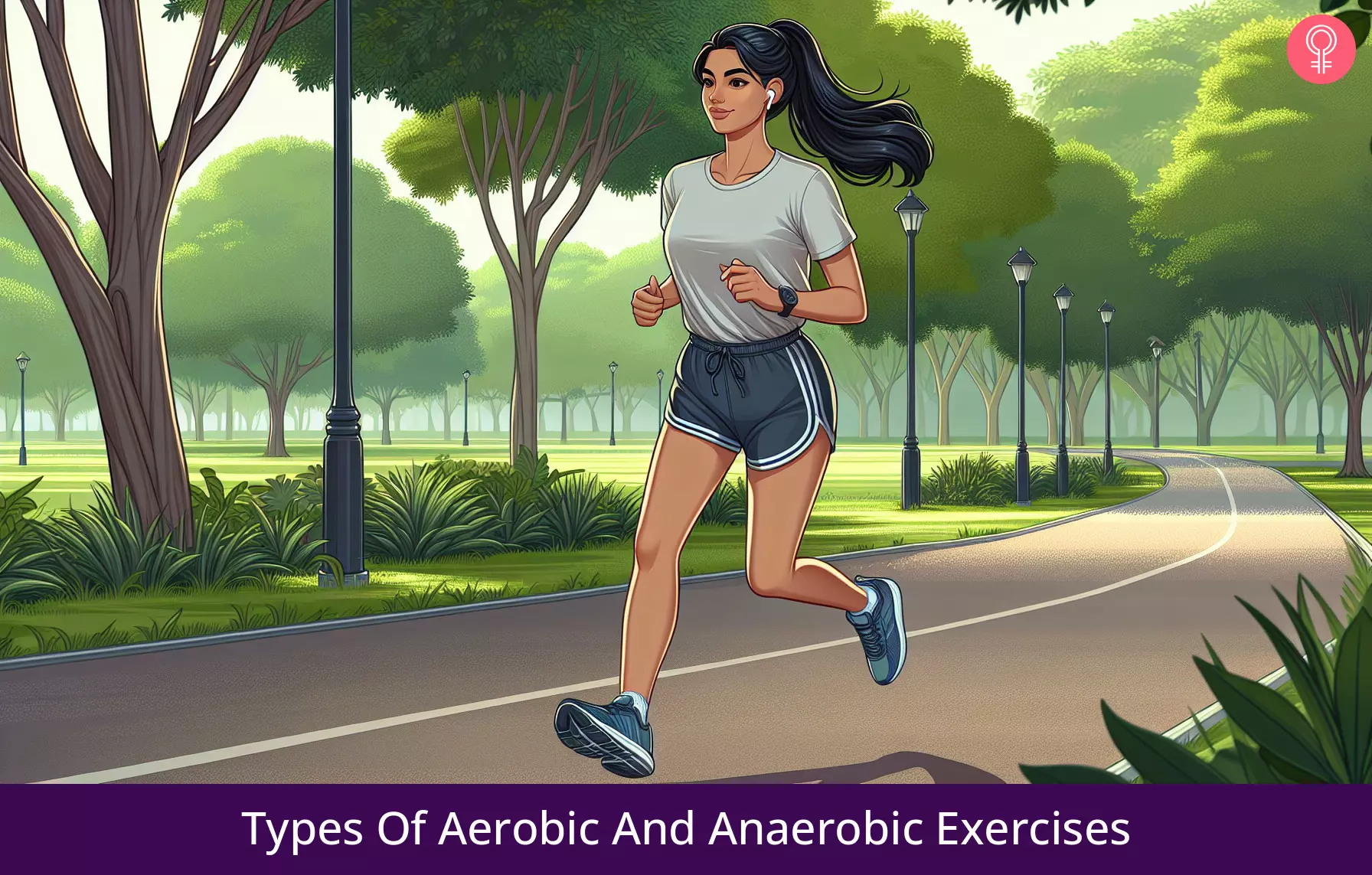
Image: Dall·E/StyleCraze Design Team
Personal Experience: Source
StyleCraze's articles are interwoven with authentic personal narratives that provide depth and resonance to our content. Below are the sources of the personal accounts referenced in this article.
i. The Benefits of Walking and Tracking Fitnesshttps://vridhifitness.blogspot.com/
References
Articles on StyleCraze are backed by verified information from peer-reviewed and academic research papers, reputed organizations, research institutions, and medical associations to ensure accuracy and relevance. Read our editorial policy to learn more.
- Effects of exercise to improve cardiovascular health
https://www.ncbi.nlm.nih.gov/pmc/articles/PMC6557987/ - Effects of aerobic exercise on lung function in overweight and obese students
https://www.ncbi.nlm.nih.gov/pmc/articles/PMC4153158/ - The essential role of exercise in the management of type 2 diabetes
https://www.ncbi.nlm.nih.gov/pmc/articles/PMC5846677/ - Effects of exercise and physical activity on anxiety
https://www.ncbi.nlm.nih.gov/pmc/articles/PMC3632802/ - The effects of progressive resistance training on bone density: a review
https://pubmed.ncbi.nlm.nih.gov/9927006/ - Resistance training reduces metabolic syndrome and inflammatory markers in older women: A randomized controlled trial
https://pubmed.ncbi.nlm.nih.gov/29031002/ - Physical activity combined with resistance training reduces symptoms of frailty in older adults: A randomized controlled trial
https://pubmed.ncbi.nlm.nih.gov/29455058/
Read full bio of Rakesh Rathod
Read full bio of Shirin Mehdi
Read full bio of Arshiya Syeda
Read full bio of Himanshi Mahajan











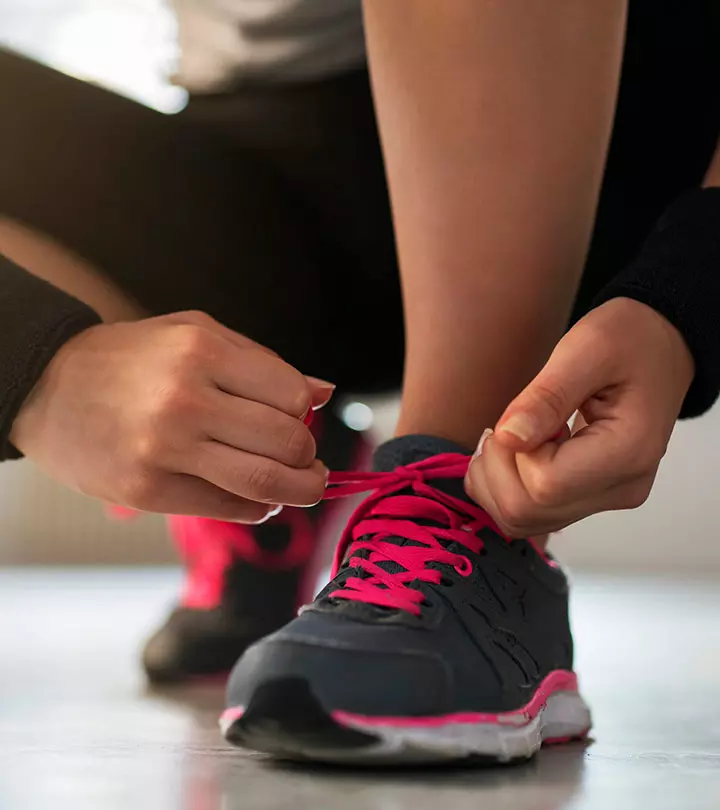

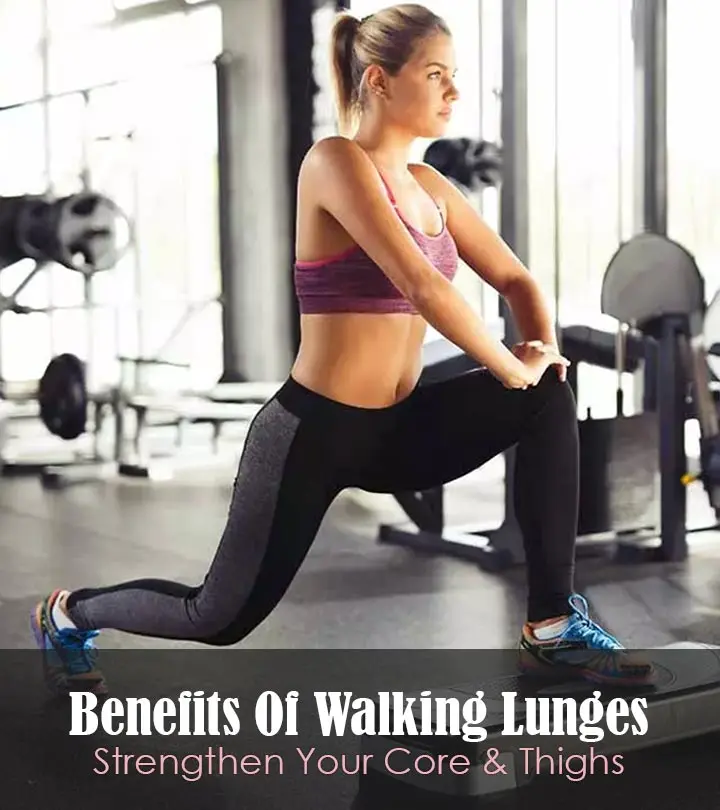
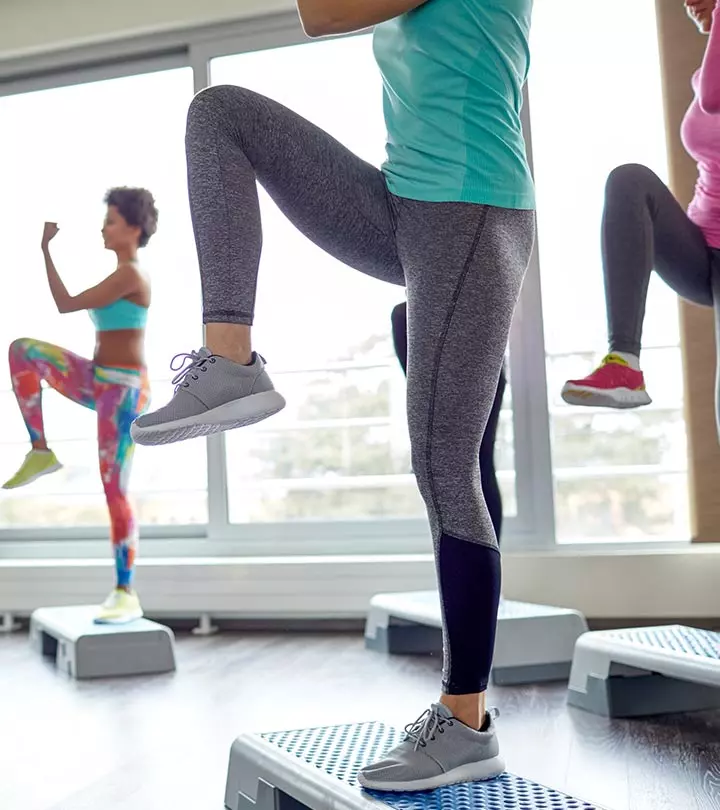

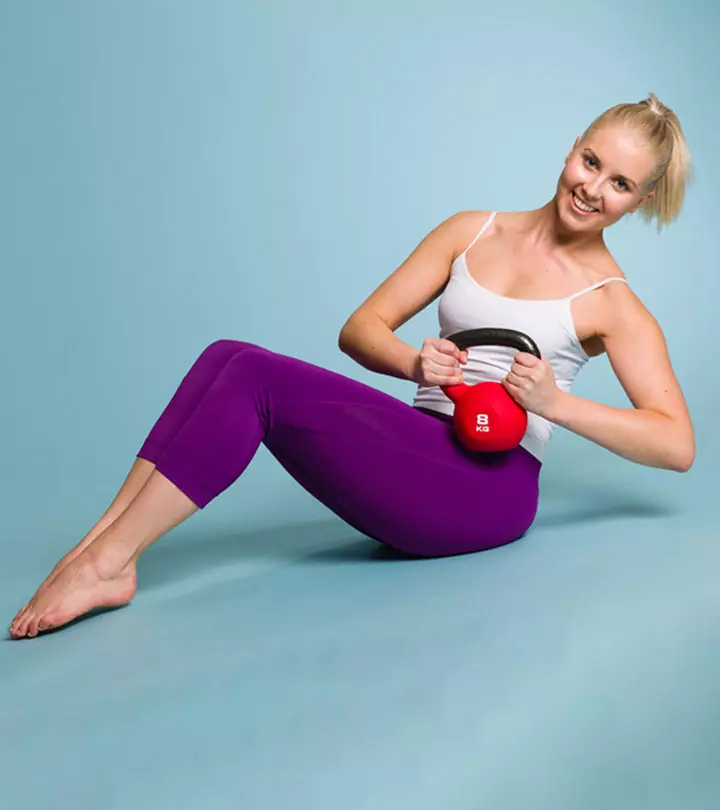
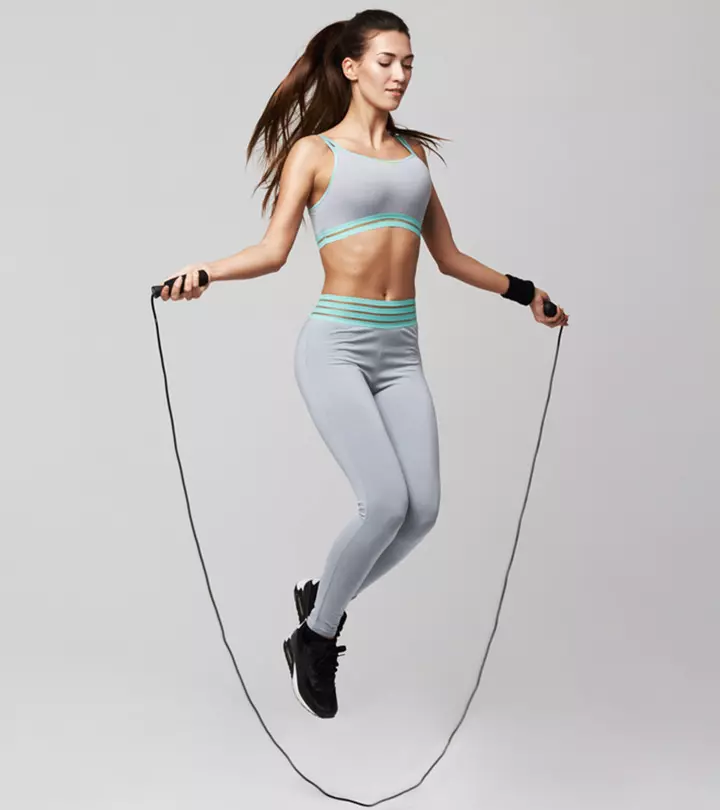
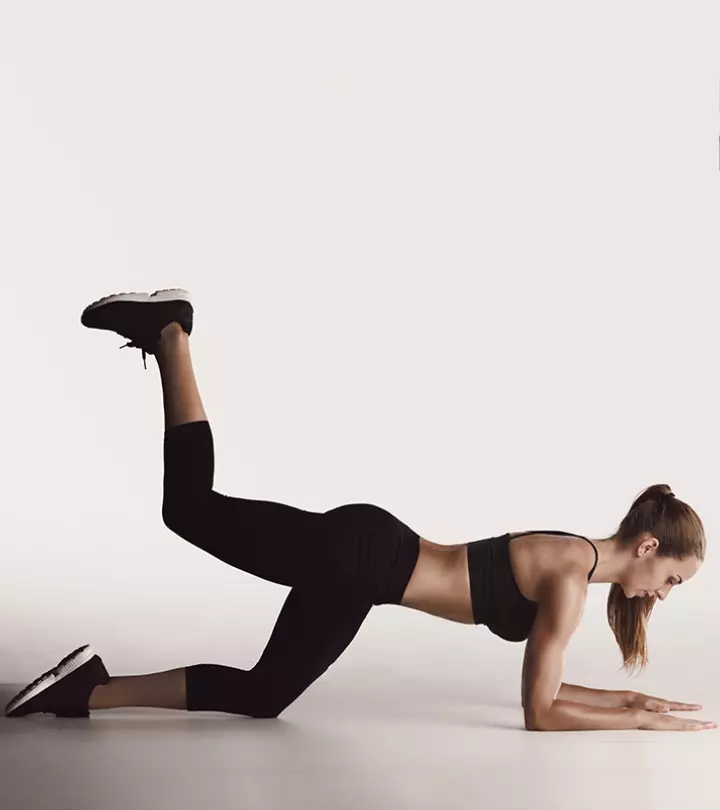
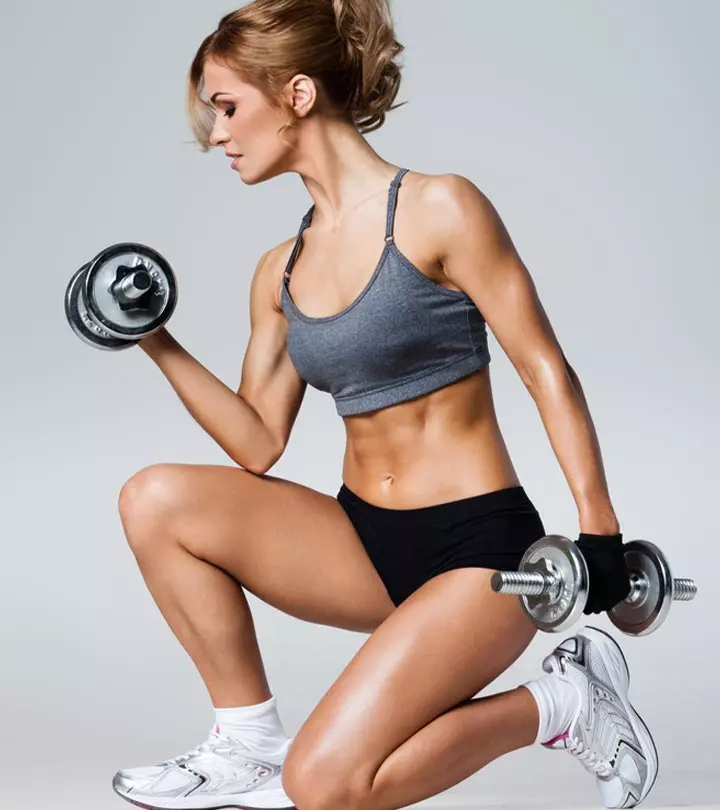

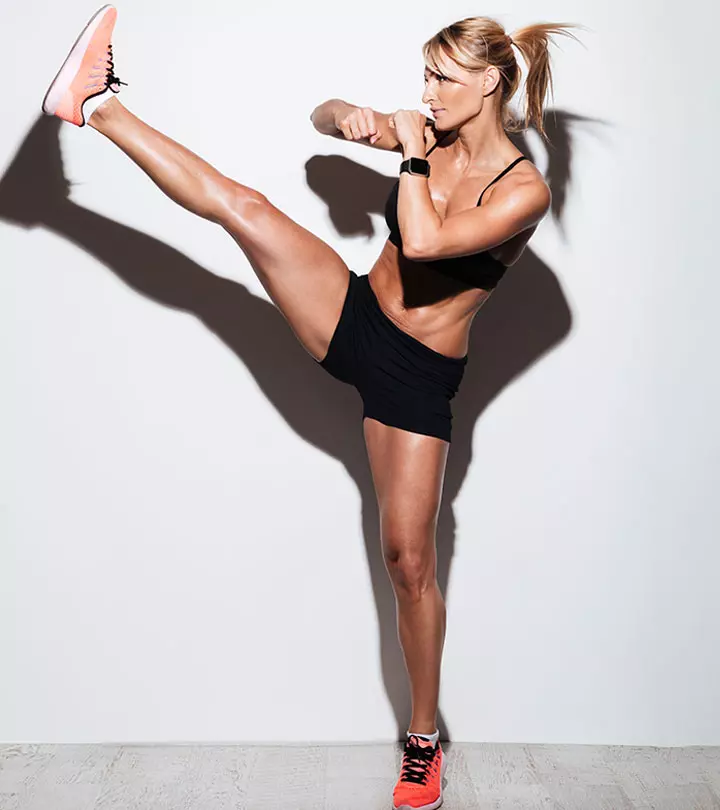




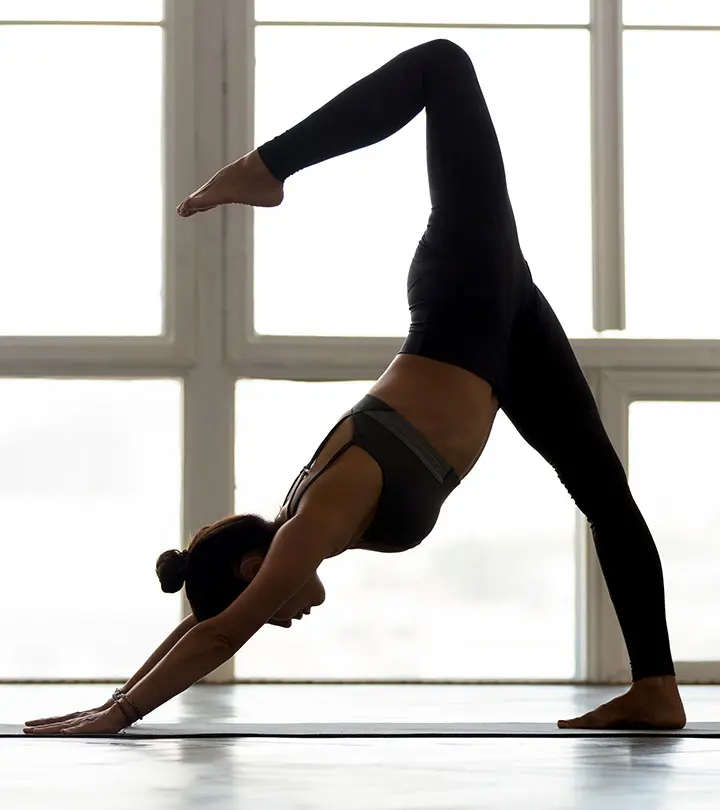
Community Experiences
Join the conversation and become a part of our empowering community! Share your stories, experiences, and insights to connect with other beauty, lifestyle, and health enthusiasts.